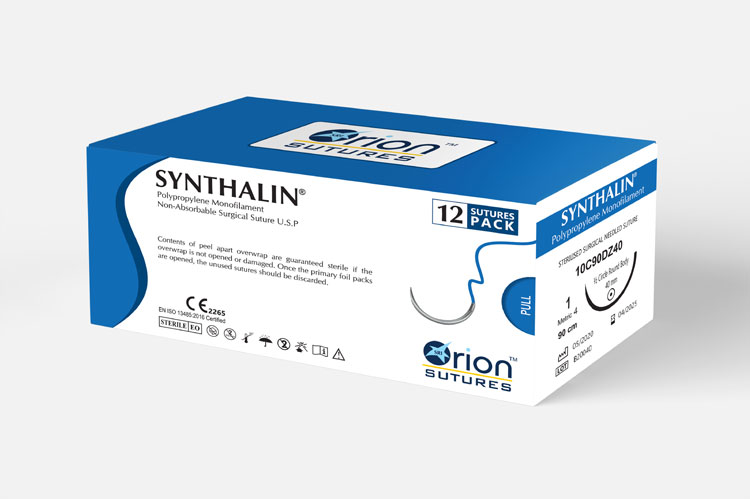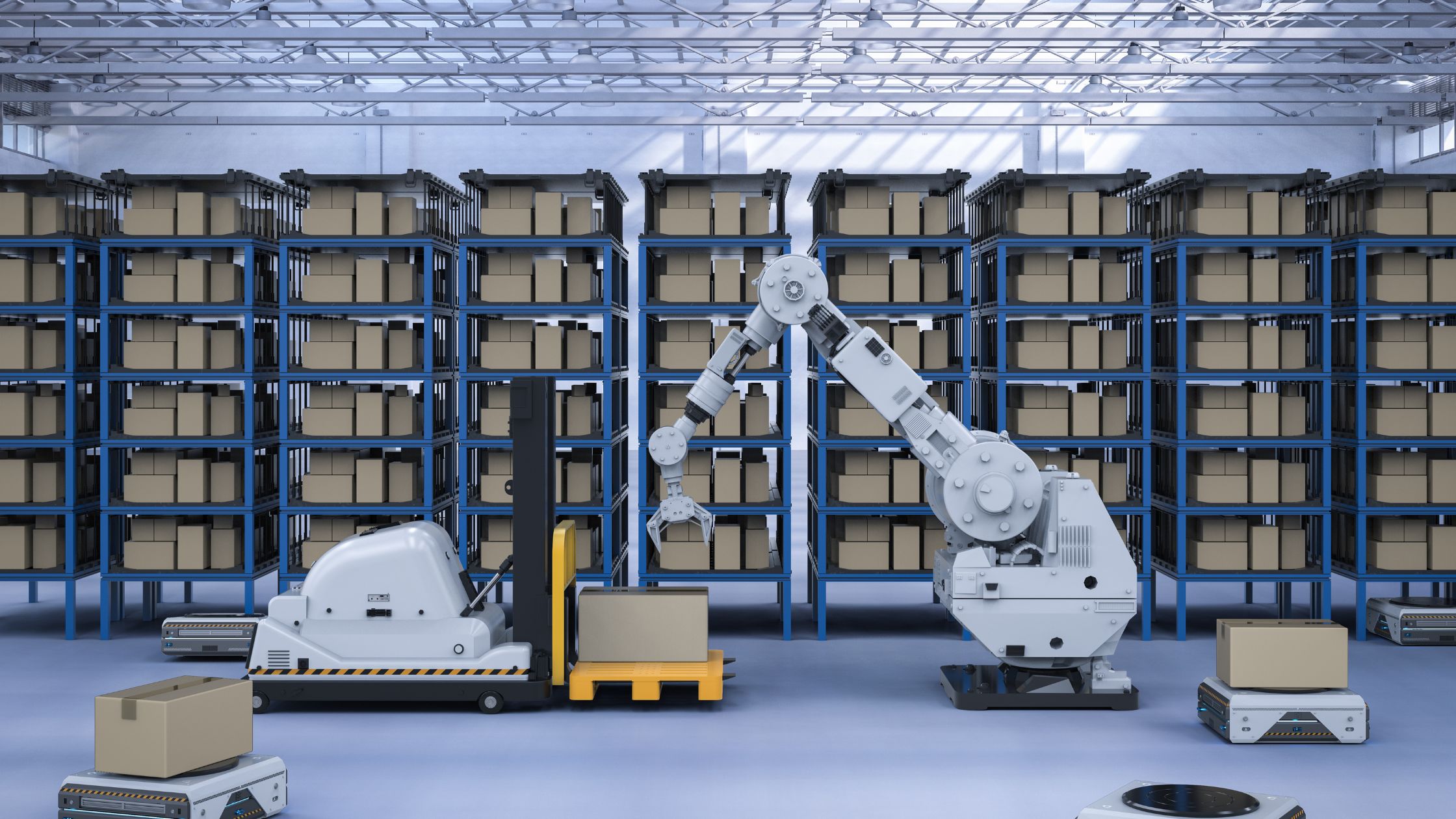Offering food and drink to the dead in order to obtain their blessings is known as pind daan in Hinduism. It is mostly performed on the banks of sacred rivers like the Ganga and has a deep significance in Hinduism, but many people find it difficult to do it themselves due to the demands of modern life. This is where technology steps in, since online pind daan platforms make it possible to execute the ceremony from virtually anywhere while maintaining its essential elements and making cost of pind daan in varanasi affordable. Six main advantages of online pind daan are listed below:
Live streaming:
Online pind daan has an advantage over live pind daan since they can see the ceremony. Today, the majority of services provide customers the choice of watching records or the full ceremony live streaming.
There is a sense of engagement when you witness the priest reciting mantras on your behalf, making sacrifices in front of revered shrines, and praying for ancestors. It gives the impression that you are actually there, at holy places like Varanasi, Prayag, or Haridwar.
It is quite comforting to watch live as your personalized food, flowers, and puja items are served in honor of your loved ones. You may witness for yourself how much care is being taken to carry out the ceremonies in accordance with your requirements. The visual component raises the level of enjoyment overall.
Priest services:
The effectiveness of priest services is crucial to the achievement of online pind daan. To protect the integrity of ceremonies, reputable platforms make an investment in traditional priests who are knowledgeable, skilled, and experienced. These Brahmin priests are knowledgeable with Vedic texts, mantras, and carrying out pitru daan rituals. The majority of them learned their trade from more experienced family members who have served as priests for many years.
One may, for example, ask the priests to repeat a certain mantra or song during the ritual. Requests for contributions given in memory of your late parents, grandparents, or other ancestors are acceptable. People with specific dietary preferences might request that their favorite desserts and meals be included in the daan.
Donations and charity:
The pind daan ritual is inextricably linked to the idea of generosity and giving away food, resources, and wisdom. Online portals have been able to intelligently combine gifts to ancestors with donations to charitable organizations. Families can opt to donate food or things for annadan as part of the ritual on the majority of platforms. These gifts provide food for the poor in the name of the ancestors, whether it be dry ration packages for the underprivileged or meals for orphans. Some people choose to make donations in a family’s name of books, laptops, and stationery for underprivileged students.
Donations of money are also made easier. To support gaushalas, environmental NGOs, ashrams, etc., one can give any amount they like. This not only contributes to the survival of these groups but also serves the dual purpose of pleasing the ancestors. Donations to pertinent medical causes, such as cancer charities, can be made by those who have lost elders to disease. Or, if a parent thought highly of education, donations may be provided to universities or scholarships. Depending on how the dead was regarded, the contribution can be tailored.
Accessibility:
Making pind daan available to everyone is one of the main benefits that web portals provide. Geographical mobility and distance are no longer limiting factors. Online customization of pind daan is easily accessible to people living in distant areas or tier 2 or tier 3 cities where priest services may be in short supply. This is highly practical for persons who are too old or physically unable of traveling.
Previously, it was very hard for NRIs and other foreigners to reach sacred Indian waterways like the Ganges, where pind daan is customarily conducted. Through internet channels, people may now find priests to perform the rites in Haridwar/Rishikesh, Varanasi, or Prayagraj. People can choose to perform virtual pind daan at a particular sacred spot in place of making inconvenient visits to ancestral communities.
Convenience
In today’s busy world, people often struggle to find time to perform important rituals like pind daan. Professional commitments, hectic schedules, and mobility constraints make it challenging to travel to sacred sites for performing this ritual. This is where online pind daan platforms provide a convenient solution.
Booking pind daan services online saves the need for lengthy travel. You can schedule the ritual at the click of a button, without having to take time off work or other responsibilities. For example, someone living abroad can book priests to perform pind daan at Haridwar or Varanasi on their behalf. Or a working professional with a deadline can have the ritual done at an auspicious time without leaving their desk.
Elderly people who find it difficult to undertake long pilgrimages can also benefit from online services. The virtual medium removes the hassle of physically commuting to sacred rivers. For joint families, organizing pind daan together becomes easier when different members can participate online from their respective cities.
Customization:
Performing pind daan as per one’s personal preferences adds greater meaning to the ritual. Online portals understand this need for customization. That’s why they offer a variety of options to choose from.
On these platforms, you can select pind daan packages based on your budget – simple, premium or luxury. The basic package may contain essential food items and fruits. More elaborate packages let you include silver items, sweets, packaged goods, clothing and other personalizations. Some portals even allow adding customized instructions on how you want the rituals conducted.
For instance, one can request the priests to chant specific mantras or hymns during the ceremony. You can ask for offerings made on behalf of deceased parents, grandparents or other ancestors. Those who had particular food likings can have their favorite sweets and dishes included in the daan.
Conclusion
The physical entrance barrier has been closed thanks to technology, but the ritual’s core remains the same. In order to provide the ancestors peace and satisfaction, the offerings are offered with sincere intent and trust. Utilizing technology to carry out pinda pradanam in varanasi enables individuals to pay homage to their heritage while embracing modern comforts. The sacredness is still intact. Online pind daan platforms have made it simpler for the current generation to re-connect with their family history and cherished customs by making this tradition available even in the midst of the daily craziness.








